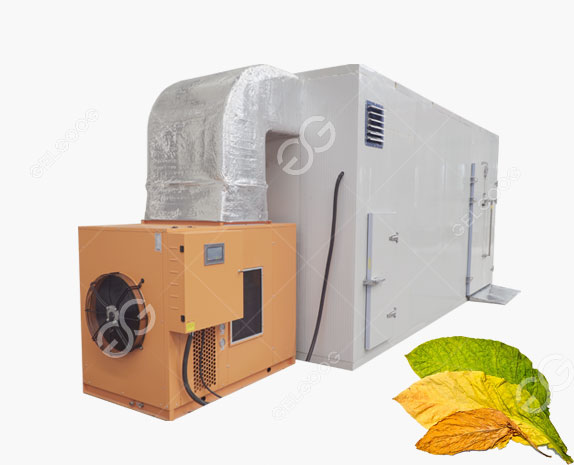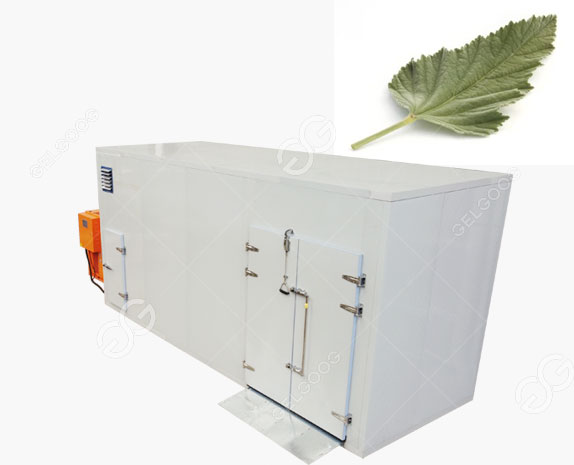Garlic is one of the most commonly used ingredients in cooking. Its unique taste and aroma make it a popular choice for adding flavor to a wide range of dishes. However, peeling garlic can be a time-consuming and frustrating task, especially when you need to do it in large quantities. This is where industrial garlic peeling comes in. In this blog, we'll take a look at how garlic is peeled industrially, so you can appreciate the convenience and efficiency of modern technology.
Firstly, it's worth understanding that garlic can be peeled either manually or with the help of a machine. Manual peeling involves using a knife or a garlic peeler to remove the outer layers of the bulb. This process is simple enough for small quantities, but it becomes impractical for commercial-scale production. Therefore, most garlic peeling in factories is done through machine processing.
The most common type of garlic peeling machine is called a pneumatic peeler. It uses compressed air to blast the outer skin off of the garlic bulbs. The process is relatively simple: the garlic bulbs are loaded into a hopper, where they are fed into a cylinder that rotates. As the bulbs spin around, they rub against each other and the walls of the cylinder, causing the skin to loosen. Then, high-pressure air is blown into the cylinder, forcing the skin to separate from the cloves. The skin is blown out of the peeler and collected in a separate container, while the peeled garlic cloves are discharged onto a conveyor belt.

Another machine used for industrial garlic peeling is the chemical peeler. This method involves soaking the garlic bulbs in a chemical solution that breaks down the skin. The most commonly used chemical is lye, also known as sodium hydroxide. The garlic is immersed in a lye solution for a short time, which causes the skin to soften and separate from the cloves. Then, the bulbs are rinsed thoroughly with water to remove any leftover lye solution. The skins are collected separately, while the peeled garlic is conveyed to another machine that cuts, sorts, and packages the cloves.
Both the pneumatic and chemical peeling methods have their pros and cons. Pneumatic peeling is faster and requires less maintenance, but it can be less reliable, and the garlic cloves may get damaged during the process. Chemical peeling, on the other hand, is gentler on the garlic cloves, but it requires more time and attention to ensure that all traces of lye are removed, and it can be more hazardous to the health of workers if proper safety precautions are not taken.
In conclusion, industrial garlic peeling has revolutionized the way we obtain this widely consumed ingredient. Machines such as the pneumatic and chemical peelers have significantly increased the efficiency and productivity of garlic peeling, ensuring that it's cost-effective and readily available. Now you know how garlic is peeled industrially, and you can appreciate how technology has made our lives easier, even in the kitchen.




